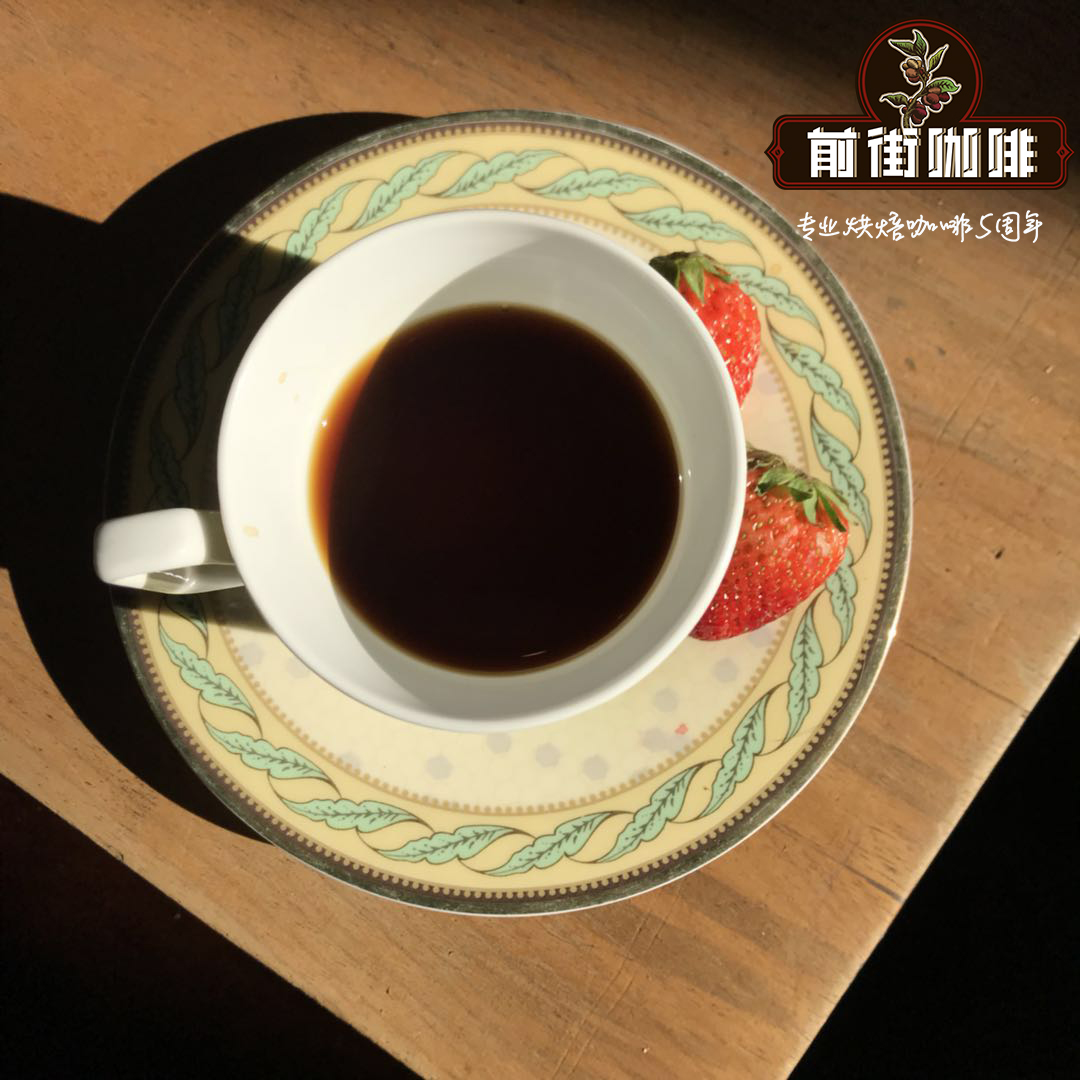How to tell whether the coffee is good or bad what the coffee tree looks like and what the coffee beans are made of

Professional coffee knowledge exchange more coffee bean information please follow the coffee workshop (Wechat official account cafe_style)
The short history of coffee
When you hear the word "coffee", which country do you think of: Colombia, Brazil, Indonesia? In fact, the coffee tree originated in Ethiopia.
Over the centuries, coffee has spread all over Africa and the Middle East, and from there all over the world. There are dozens of stories about how all this happened, from saints sneaking beans out of Yemen to European powers replanting beans in their colonies. It is undeniable that the Empire played an important role in it.
Fast forward to today. Coffee is part of the crop economy in Africa, Asia and parts of Latin America. Non-producing countries also prosper with coffee, roasting and heavy daily consumption.
But what kind of drink is this? What is it made of?
What does the coffee tree look like?
The name "coffee bean" is a lie: coffee is a seed. You will find two (usually) such seeds in each cherry-like fruit of the coffee tree.
A coffee tree can also be classified as a tree because it can grow up to 9 meters tall. But on coffee farms, coffee trees are often cut down to make it easier to harvest. Therefore, it looks more like a shrub.
Branches and leaves
From the trunk of the coffee tree, you can see the primary, secondary and tertiary horizontal branches. From these, dark green, waxy leaves grow in pairs.
Ricardo Alvarez, an agronomist in Finca Los Tres Potros, El Salvador, told me, "leaves are the basis of plants, because that's where photosynthesis takes place." In other words, no leaves means no energy. Without energy, it would be impossible for plants to grow delicious cherries containing coffee beans.
These flowers
Once the coffee tree grows to three or four years old, it will blossom for the first time. Small and delicate white flowers grow where the branches and leaves meet, giving off a sweet fragrance.
Alvarez told me, "Flowers are where the sexual organs are. In other words, leaves and flowers help coffee trees reproduce and sustain themselves.
Cherry
Six to eight weeks after pollination, cherry-like fruits appear where the flowers are. Immature cherries are green; over time, they turn red, yellow, orange, or even pink, depending on the variety. When they mature, they become sweeter and sweeter.
Oh, and the caffeine content in cherries? This is actually a deterrent to most predators. Unfortunately, it also attracts one of the worst pests of coffee: the caffeine-dependent coffee moth beetle.)
Inside the cherry, you will find multiple layers. Alvarez said it has "an exocarp, this is a real cherry, and then we have a mesocarp, which is mucus." "and in the mucus, there are seeds that we can't face on Monday morning-coffee beans!"
Learn more! Look at the coffee cherries inside.
Seed
Inside each cherry, you will find two small seeds-unless, of course, it is a small peach stone or other defects. Pea kernels hold seeds together: not two peanut-like seeds, but a larger, rounder, more pea-like seed. This happens on 5% of the seeds.
These seeds are coffee beans. They go through a lot of processing, removing fruit and mucus, then drying, baking, grinding, and finally becoming our favorite drink.
But not all coffee trees are the same.
END
Important Notice :
前街咖啡 FrontStreet Coffee has moved to new addredd:
FrontStreet Coffee Address: 315,Donghua East Road,GuangZhou
Tel:020 38364473
- Prev

Introduction to the characteristics of Colombian Coffee Brand Columbia Huilan Coffee Phantom Manor
Professional coffee knowledge exchange more coffee bean information please follow the coffee workshop (Wechat official account cafe_style) front street-Colombian coffee brand Columbia Mirage Manor suntan brief introduction Coffee Story: Huila in southwestern Colombia is a producer of fine coffee, almost all of the top 10 coffee competitions in Colombia come from this producing area, and so do they.
- Next

The difference between Arabica beans and robusta beans which is better, Robusta or Arabica?
Professional coffee knowledge exchange more coffee bean information Please follow the coffee workshop (Wechat official account cafe_style) different kinds of coffee there are more than a hundred different varieties, each can be further divided into different varieties. All of this affects the taste of coffee, the amount of caffeine, and the growth of coffee. Two main varieties of coffee: Arabica coffee
Related
- Beginners will see the "Coffee pull flower" guide!
- What is the difference between ice blog purified milk and ordinary milk coffee?
- Why is the Philippines the largest producer of crops in Liberia?
- For coffee extraction, should the fine powder be retained?
- How does extracted espresso fill pressed powder? How much strength does it take to press the powder?
- How to make jasmine cold extract coffee? Is the jasmine + latte good?
- Will this little toy really make the coffee taste better? How does Lily Drip affect coffee extraction?
- Will the action of slapping the filter cup also affect coffee extraction?
- What's the difference between powder-to-water ratio and powder-to-liquid ratio?
- What is the Ethiopian local species? What does it have to do with Heirloom native species?

